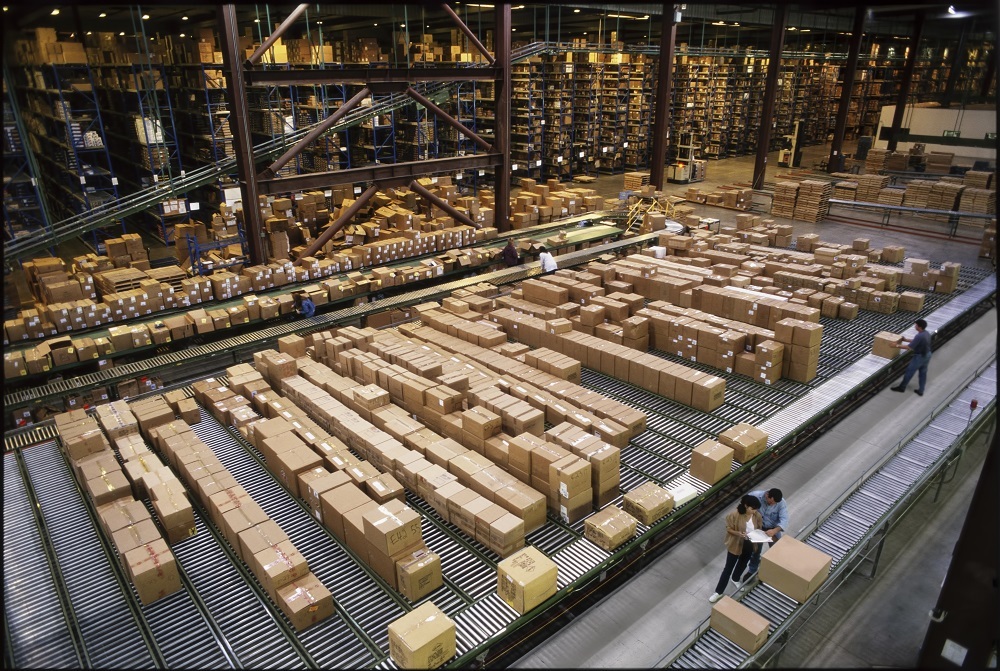By Mark Buckingham, recall advisor
With toys, clothing, medicine, motor parts and food all being pirated, the public is facing a growing global health risk when it comes to counterfeit products. Whilst fake goods often seem like an attractive bargain, they can be dangerous and hold links with organised crime.
It is now estimated that 6.8% of EU imports, worth €121 billion, are counterfeit. As online shopping grows — and copying and adulterating becomes more sophisticated — consumers are struggling to differentiate between what is genuine and what is fake. In fact, one in 10 Europeans has been duped into buying counterfeit products, with the majority coming from Asia, according to the EU’s Intellectual Property Office.
Counterfeit goods have always been considered a brand infringement or intellectual property right issue but they’re increasingly raising red flags for product safety. In October 2021, in response to the European Commission’s public consultation on the General Product Safety Directive, the International Trademark Association advocated that the regulation’s scope be extended to include counterfeit goods. This recommendation was made on the basis that all fake products are inherently unsafe since they do not comply with existing EU health and safety guidelines.
The impact of counterfeit goods by sector:
- Automotive – Fake vehicle parts including airbags and engine components pose significant threats to road safety.
- Consumer goods – Bogus cosmetic products in particular can contain toxic ingredients including mercury, cyanide, arsenic and even paint-stripper.
- Toys and games – Counterfeit toys are more likely to become a choking hazard for children or contain unacceptably dangerous levels of cancer-causing plastics and heavy metals, such as lead.
- Food and drink – In 2020, approximately €53.8 million worth of fake food and beverage items were seized in Europe.
- Pharmaceuticals – Unlawful medicines result in one million deaths annually in Africa, prompting The Anti-Counterfeit Network to initiate a petition to the International Criminal Court, calling for counterfeiting to beincluded among ‘crimes against humanity’.
Fraudulent sellers are increasingly using social platforms to infiltrate markets. Features such as Facebook Shops and TikTok’s ‘shop now’ button are progressively being used to sell fake products. The ‘Instagram Story’ feature is among the most abused with about 1.6 million stories per month estimated to contain fake items.
If consumers aren’t aware that a product is a counterfeit, loyalty and trust in the online retailer can also be undermined. The brand whose authenticity is compromised can also be impacted due to customer dissatisfaction, injury and reputational damage. With COVID-19 still disrupting supply chains and economic pressure forcing consumers to take risks for a better price, fake goods will remain an issue for some time to come.
There are numerous tactics to help counteract this type of crime, depending on your sector, supply chain and channels. These tactics range from Internet IP tools and trade and certification marks to authentication technology and labelling protocols. Customs border controls and testing can help clamp down on large scale imports, while customer education encourages buyers to think twice before they purchase products that seem too good to be true.
Brand protection services can help you detect, validate, enforce and report any counterfeit activity. At the same time, product recall support can help you bounce back if your channel or product is adversely affected. Click here to learn more about the latest trends and protect yourself and your business from the practice of counterfeiting through our latest recall index.

